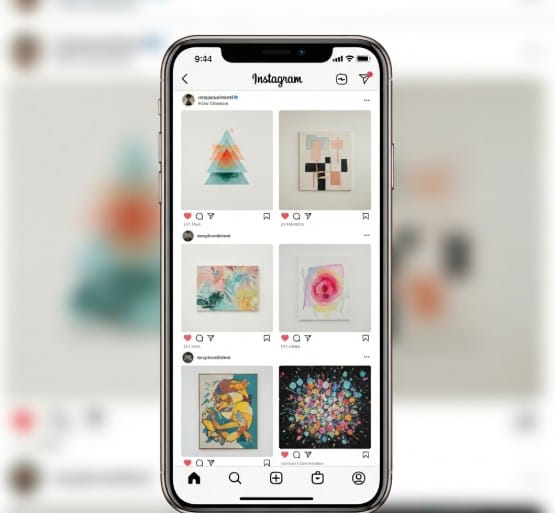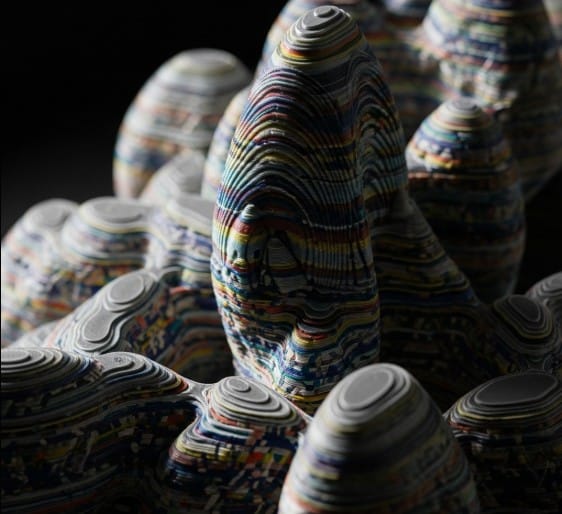The Rise of Digital Art: How Technology is Shaping the Future
In a world increasingly driven by screens and pixels, the rise of digital art marks one of the most transformative shifts in the history of human creativity. What once required paint, canvas, and physical tools can now be achieved with a stylus, tablet, or even a smartphone. This digital revolution is not only reshaping how art is created but also how it is consumed, valued, and preserved. From NFTs to AI-generated visuals, we’re standing at the frontier of a new creative era.
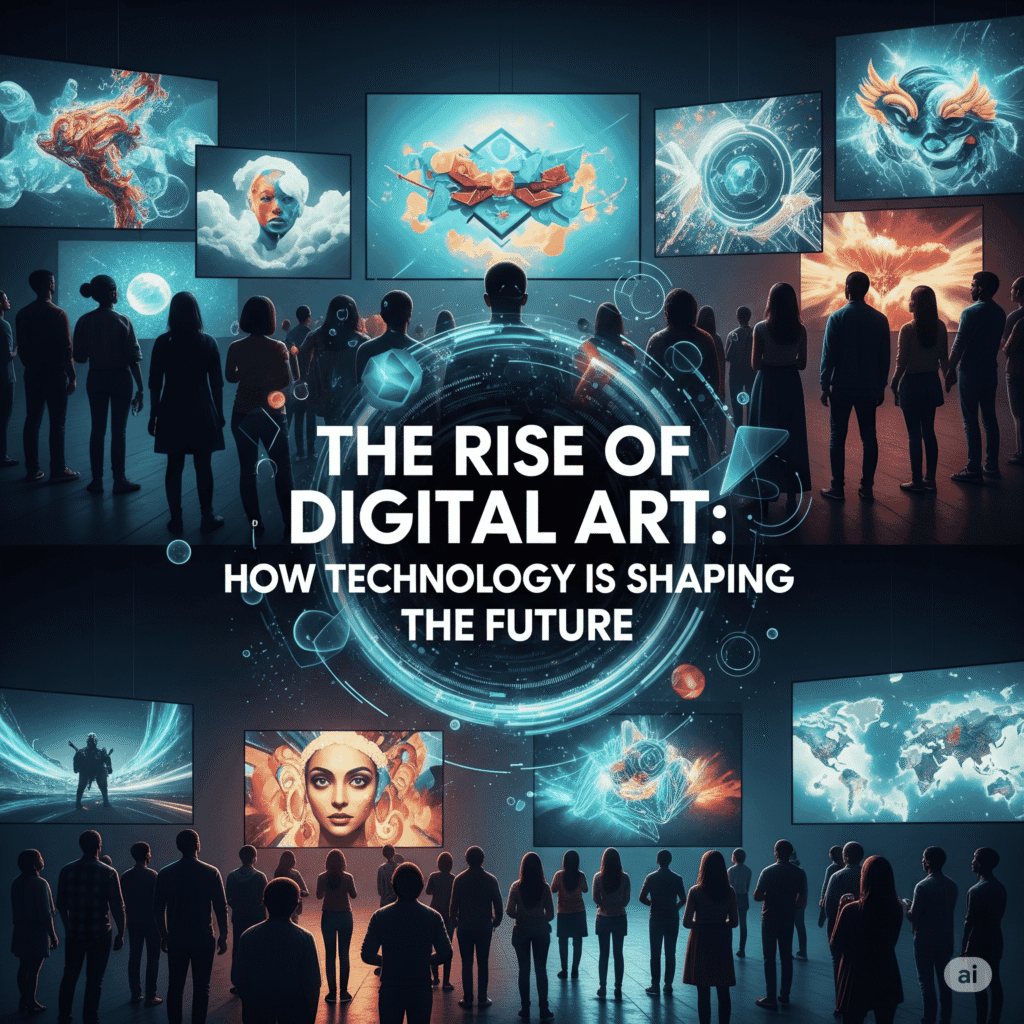
What Is Digital Art?
Digital art refers to any artistic work created using digital technology as part of the creative or presentation process. This includes everything from digital paintings and photo manipulation to 3D modeling, animations, generative art, and interactive installations.
Unlike traditional art, which often has physical limitations, digital art offers artists limitless possibilities. You can undo, remix, scale, and animate your work—all with the click of a button.
Brief History of Digital Art
Although it feels cutting-edge, digital art has been around since the 1950s. The earliest examples came from engineers and computer scientists experimenting with primitive programming. By the 1980s and 90s, software like Adobe Photoshop began to empower artists. The 2000s saw a boom in digital illustration, and by the 2020s, blockchain and AI have completely changed the conversation around what art is and how it’s valued.
How Technology is Reshaping the Art World
1. New Tools for Creation
Digital drawing tablets like Wacom, iPads with Procreate, and 3D modeling programs such as Blender and ZBrush are replacing traditional canvases. These tools provide intuitive interfaces, layers, color palettes, and effects that would take hours or days to replicate in physical media.
Today, artists can:
- Use virtual brushes with endless textures
- Create hyperrealistic 3D renders
- Animate still images into moving stories
- Collaborate in real time across continents
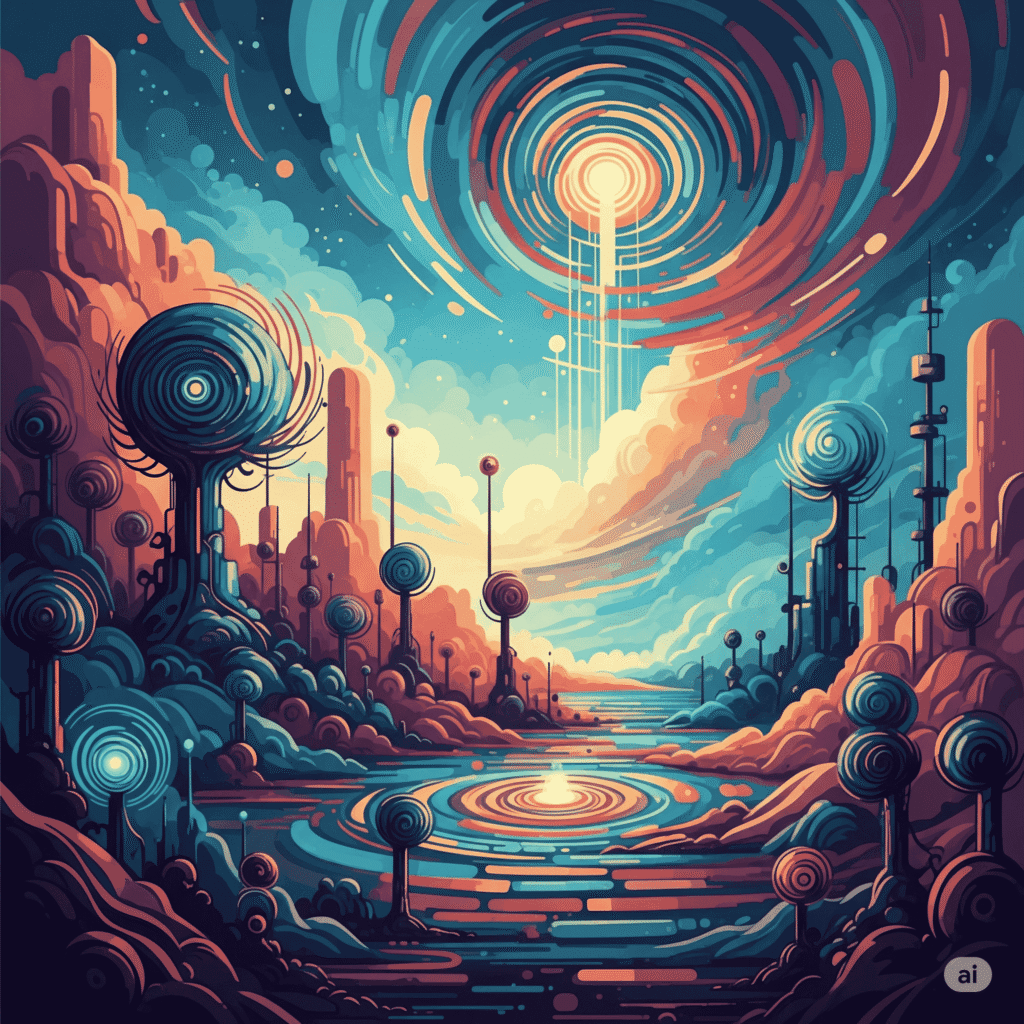
2. NFTs and Blockchain Art
One of the most radical shifts in the art market is the rise of NFTs (Non-Fungible Tokens). NFTs allow digital art to be bought, sold, and owned in ways never previously possible. In 2021, Beeple sold a digital collage for $69 million through Christie’s, shaking the foundations of traditional art auctions.
Blockchain provides provenance and scarcity for digital works, making them collectible assets. While the NFT market is volatile, it undeniably legitimized digital art as a serious financial and cultural force.
Learn more about Beeple’s historic NFT sale at Christie’s.
3. Artificial Intelligence and Generative Art
AI is not just a tool—it’s a co-creator. Generative art uses algorithms and neural networks to produce visuals based on data or user interaction. Platforms like Midjourney and DALL·E can generate original images from text prompts, challenging our idea of authorship and originality.
This opens up discussions about copyright, creativity, and the role of the human artist in a machine-assisted world. Some artists use AI as a collaborator, guiding its outputs with carefully crafted inputs.
4. Immersive and Interactive Experiences
Virtual Reality (VR) and Augmented Reality (AR) have brought art into 3D and 360-degree spaces. Viewers can now walk through virtual museums or interact with installations through their smartphones. This interactivity transforms passive viewers into active participants.
Digital art is no longer confined to flat surfaces—it lives on walls, screens, buildings, and even the metaverse.
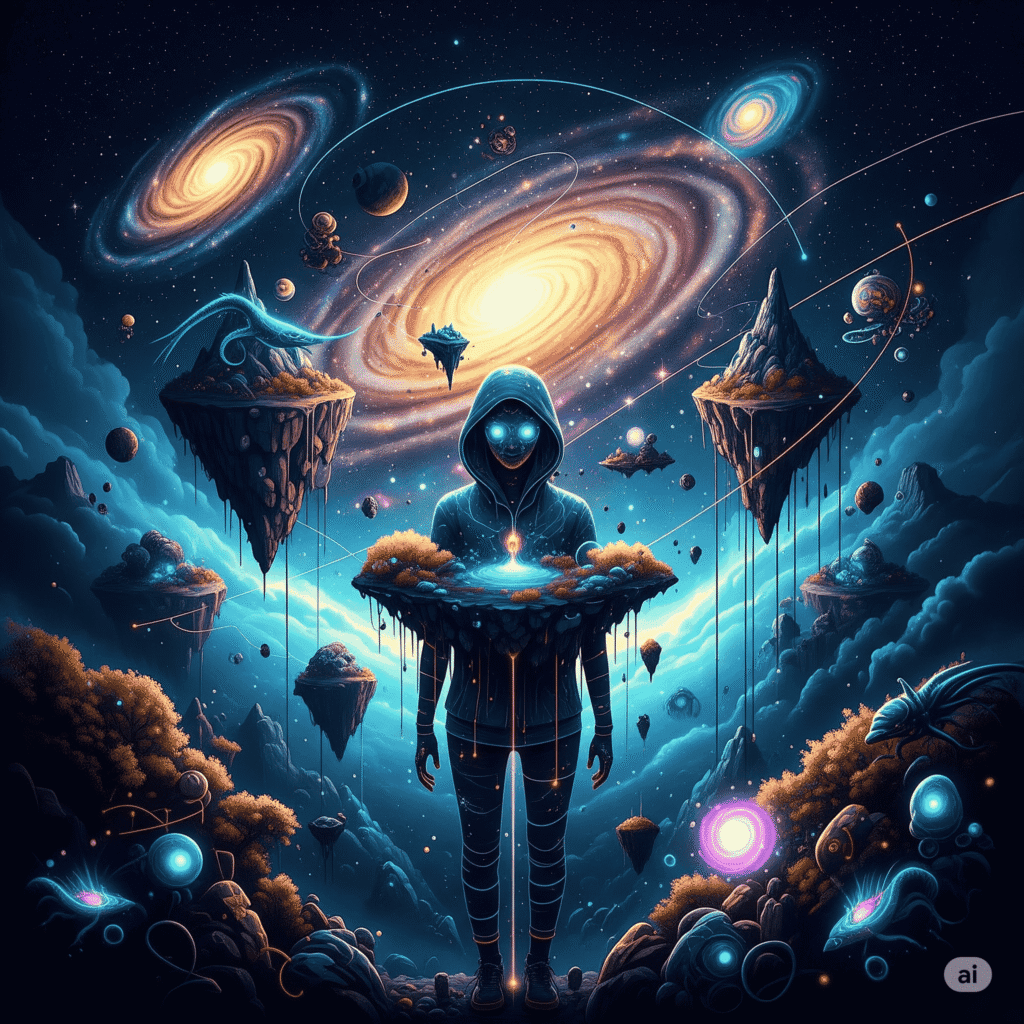
5. Digital Art in Mainstream Culture
From video game design and film VFX to social media and advertising, digital art is everywhere. Instagram filters, YouTube intros, and website animations are all forms of modern artistic expression. Even fashion and architecture now incorporate digitally rendered patterns and structures.
Artists like Refik Anadol and Joshua Davis are pushing the boundaries of what we define as “art,” proving that the digital medium is not only viable—it’s vital.
Why Digital Art is the Future
1. Accessibility
All you need is a device and an internet connection. Aspiring artists from anywhere in the world can learn, create, and share without needing expensive supplies or gallery access. Different platforms allow emerging digital artists to present their work to a global audience rooted in cultural heritage and premium aesthetics.
2. Environmental Impact
Unlike traditional art materials (which can involve chemicals, waste, and deforestation), digital art is eco-friendly. While it does consume energy, it reduces the physical footprint of art production.
3. Infinite Reproducibility
Digital works can be shared, remixed, or adapted without loss of quality. This makes it ideal for collaborations, exhibitions, and educational content.
4. Global Market
Thanks to online marketplaces and social media, artists are no longer confined to local scenes. Digital art can be sold, licensed, or commissioned from anywhere. Collectors from the US, Europe, and Asia can explore works from Indian, African, or South American artists with just a click.
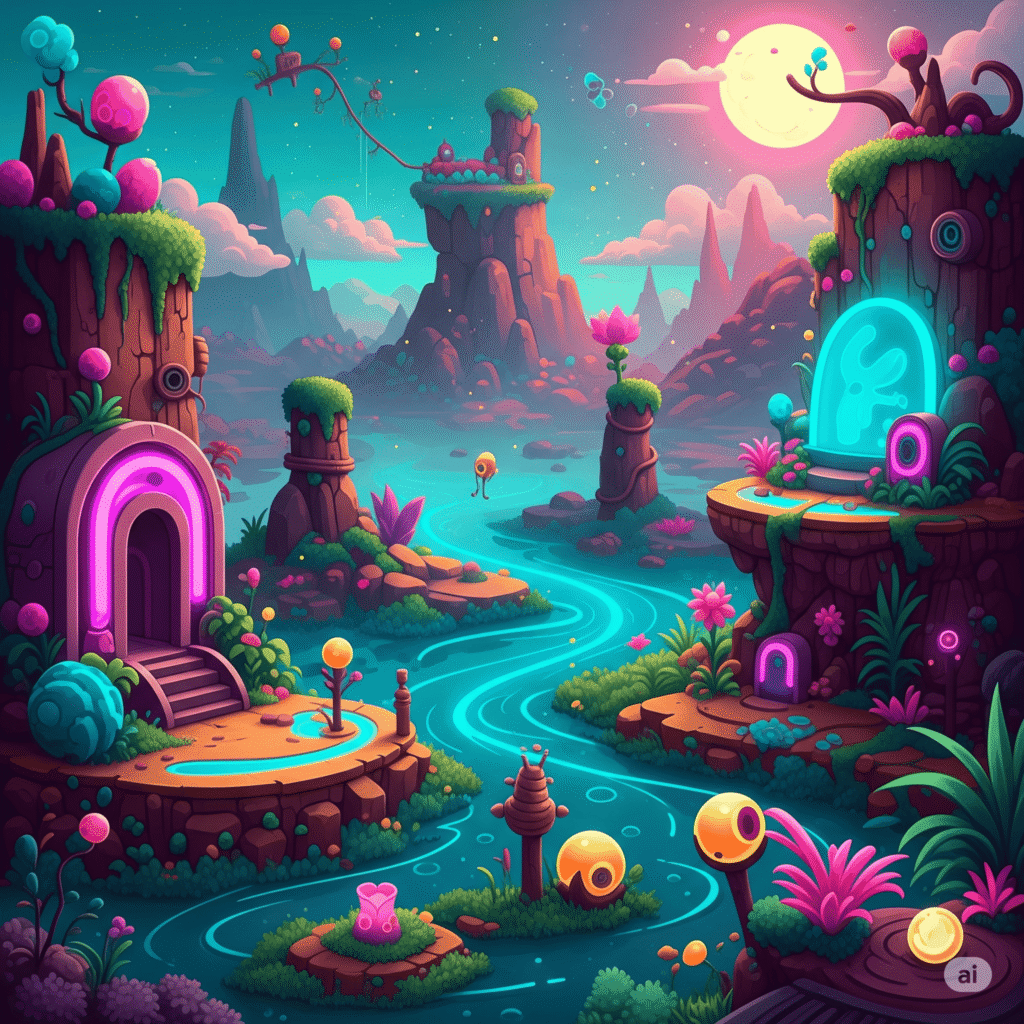
Challenges Facing Digital Artists
- Oversaturation: The ease of entry leads to a crowded market, making it difficult for talent to stand out.
- Copyright Issues: Screenshots, reuploads, and AI scraping pose risks to ownership.
- Value Perception: Traditional collectors may hesitate to pay for work that doesn’t exist physically.
- Platform Dependence: Artists often rely on big tech platforms that can change policies or vanish overnight.
How to Get Started with Digital Art
1. Choose Your Medium
Are you interested in illustrations, 3D modeling, photography, or generative art? Start with one niche and master the tools associated with it.
2. Learn the Tools
- Procreate for digital illustration (iPad)
- Adobe Photoshop and Illustrator for 2D design
- Blender for 3D modeling and animation
- Processing and TouchDesigner for generative visuals
3. Build Your Portfolio
Use Behance, ArtStation, or your own website to showcase your creations. Make sure to include project descriptions, tools used, and your inspiration.
4. Join Communities
Engage with other digital artists through platforms like Reddit, Discord, and Instagram. Collaborate, ask for feedback, and grow your network.
5. Sell or Exhibit Your Work
You can mint your art as NFTs on platforms like Foundation or OpenSea, or list your work on curated platforms to reach serious collectors who appreciate cultural depth and high-quality art.
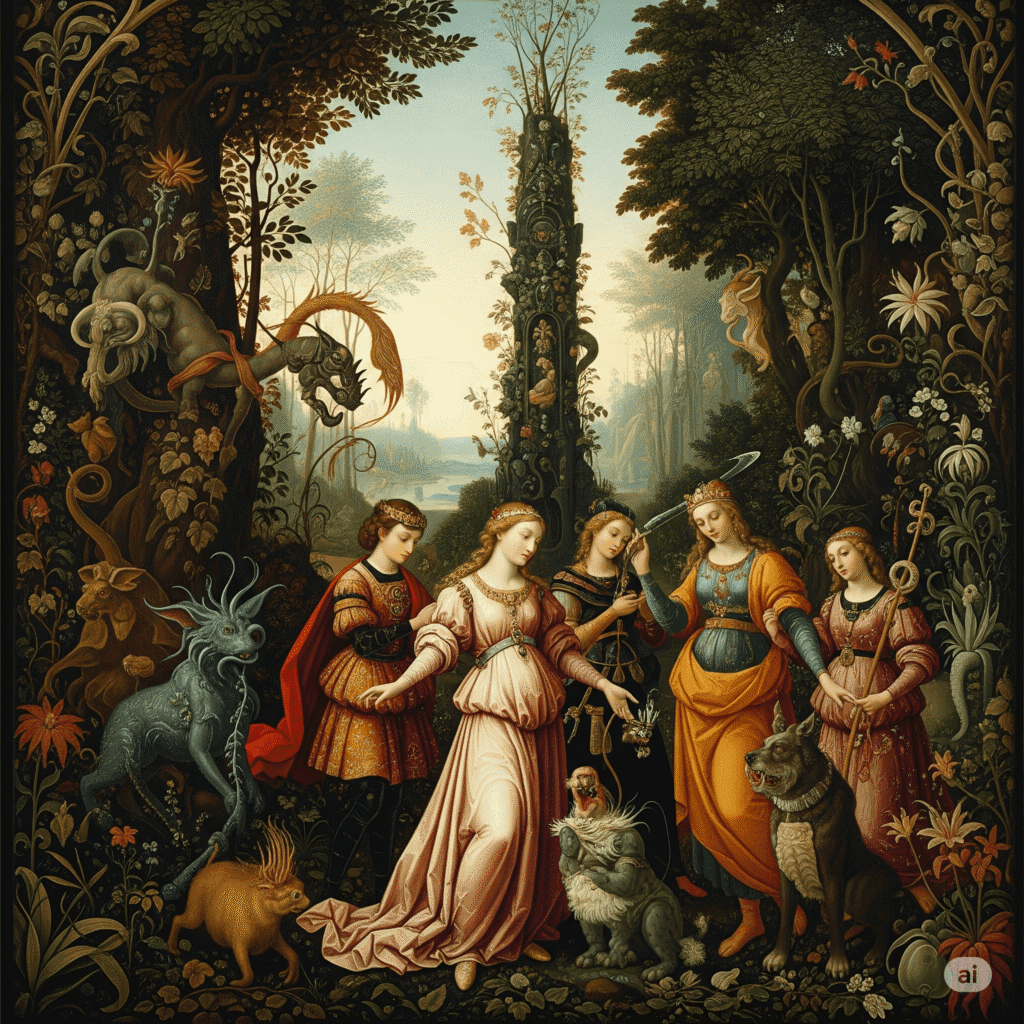
Digital Art Trends to Watch
- AI-generated storytelling through image and text synthesis
- Interactive AR experiences for public installations
- Data-driven art that changes based on live metrics (weather, traffic, music)
- Web3 galleries and metaverse exhibitions
- Eco-conscious NFTs powered by low-energy blockchains
The Role of Platforms like ISKUSS
As digital art continues to grow, platforms are emerging that not only support this evolution but also celebrate it. Iskuss is one such platform that merges tradition with modernity, offering global collectors access to curated contemporary artworks— that reflect both innovation and cultural roots.
For artists, Iskuss provides a refined and professional space to showcase museum-worthy art to an international audience. For collectors, it’s a trusted destination for discovering the next wave of culturally rich, visually striking creations.
Conclusion: Embracing the Future of Creativity
The rise of digital art isn’t just a trend—it’s a paradigm shift. As tools become more powerful and accessible, and as audiences grow more digitally fluent, the boundaries between art, technology, and life will continue to blur. Whether you’re an artist or collector, now is the time to engage with this digital revolution. Explore, experiment, and embrace what’s next.
Ready to begin your journey? Visit Iskuss today to explore breathtaking artworks that reflect the soul of the future.
